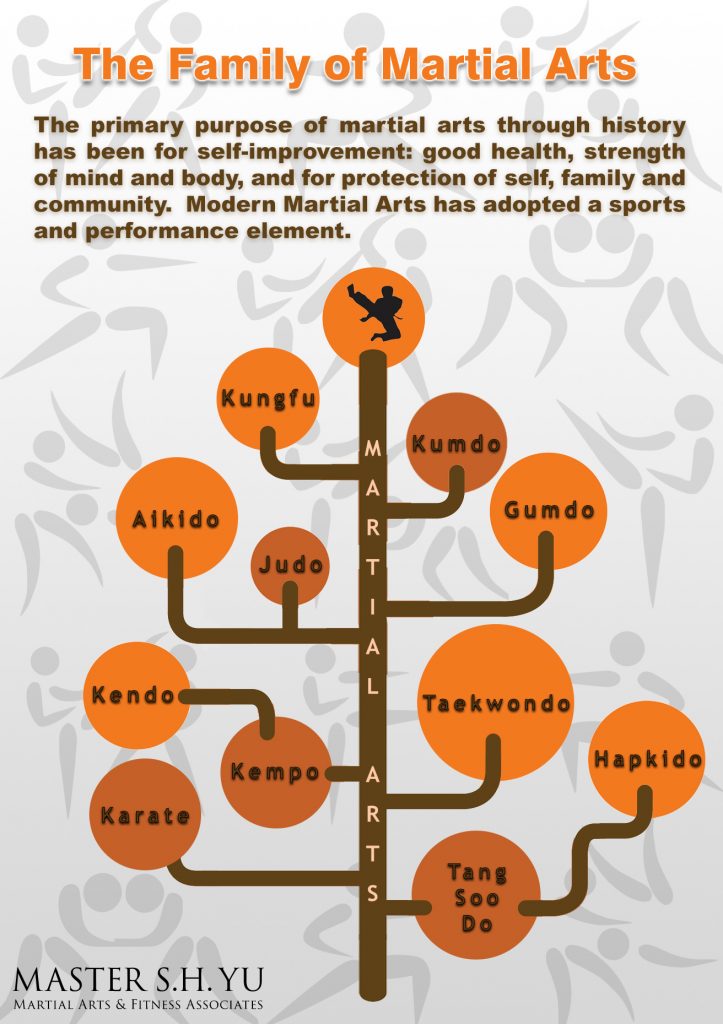Discovering The Rich Heritage And Spiritual Dimensions Of Fighting Style: An Extensive Evaluation
Discovering The Rich Heritage And Spiritual Dimensions Of Fighting Style: An Extensive Evaluation
Blog Article
Post By-Fyhn Wall
Enter the old globe where martial arts were born out of necessity in diverse regions. Societies crafted special combating styles linked with historic contexts. Strategies developed over centuries through devoted method and social exchanges. Today, modern-day martial arts mix standard elements for maximum effectiveness. Philosophically, martial arts highlight technique, self-improvement, and consistency. Regard, humility, and balance are foundational principles guiding professionals towards growth and strength. Discover the depths of this abundant background and viewpoint to uncover the extensive impacts forming this long-lasting self-control.
Origins of Fighting Style
Fighting style came from different regions all over the world, advancing as practical battle systems to defend against threats. These ancient fighting designs were developed out of necessity, with each culture crafting techniques matched to their unique settings and challenges. From the grappling arts of Jujutsu in Japan to the striking techniques of Kung Fu in China, martial arts were deeply intertwined with the historical, social, and social fabric of their particular societies.
In martial arts beginners for adults , the samurai class polished martial arts like Kenjutsu, the art of the sword, which later evolved into the extra popularized type of Kendo. At the same time, in Brazil, Capoeira became a blend of dance and fight, created by enslaved Africans as a method to withstand injustice. Each fighting style lugs with it an abundant history and approach, reflecting the worths and ideas of the people that exercised them.
As you delve into the origins of martial arts, you uncover a tapestry of human resourcefulness, strength, and the unyielding spirit of warriors throughout time.
Development of Techniques
Via centuries of technique and refinement, combat strategies within various martial arts have actually undergone a profound development. From ancient styles like Kung Fu and Martial arts to a lot more contemporary self-controls such as Brazilian Jiu-Jitsu and Krav Maga, the evolution of strategies has actually been driven by a mix of social influences, useful applications, and technological developments.
One significant aspect of this advancement is the cross-pollination of methods between different martial arts. For instance, strategies from conventional Japanese Jiu-Jitsu were incorporated into the creation of Judo by Jigoro Kano in the late 19th century. This mixing of styles has resulted in the growth of hybrid martial arts like Mixed Martial Arts (MMA), which integrate components of striking, grappling, and entry strategies.
In addition, the evolution of methods has been shaped by the boosting emphasis on effectiveness and performance in fight. Specialists have continually looked for to improve their methods via rigorous training, testing, and competition, causing the development of extremely specialized and effective battling designs. In general, the advancement of strategies in martial arts shows the dynamic nature of combat and the recurring pursuit for renovation and development.
Thoughtful Structures
Exploring the underlying philosophical principles of martial arts gives understanding right into their core worths and leading ideas. At the heart of numerous martial arts disciplines is the principle of discipline itself. By training your mind and body to act as one cohesive unit, you cultivate technique that prolongs past the dojo or fitness center right into day-to-day life. This self-control includes regard, humbleness, and self-control, forming not just your physical capacities yet additionally your character.
One more basic thoughtful foundation in martial arts is the concept of continuous self-improvement. best martial arts for adults to learn of grasping a martial art is perpetual, with professionals continuously making every effort to far better themselves, both literally and psychologically. This focus on development promotes resilience, willpower, and a development frame of mind that can be put on all facets of life.
In addition, martial arts highlight the value of consistency and equilibrium. Techniques are developed to use a challenger's energy versus them, highlighting the concept of generating and rerouting force rather than fulfilling it head-on. This approach includes interpersonal relationships, advertising serene resolutions and mutual understanding. By embracing these philosophical foundations, martial artists not only boost their combat abilities but also grow a way of living fixated individual growth, regard, and consistency.
Conclusion
To conclude, the history and approach of martial arts provide an abundant tapestry of tradition, self-control, and self-improvement.
Consider example the story of Bruce Lee, who changed martial arts by mixing various designs and viewpoints to create his very own unique form of Jeet Kune Do.
With dedication and development, martial musicians continue to press borders and motivate others to reach their full capacity both in combat and in life.
